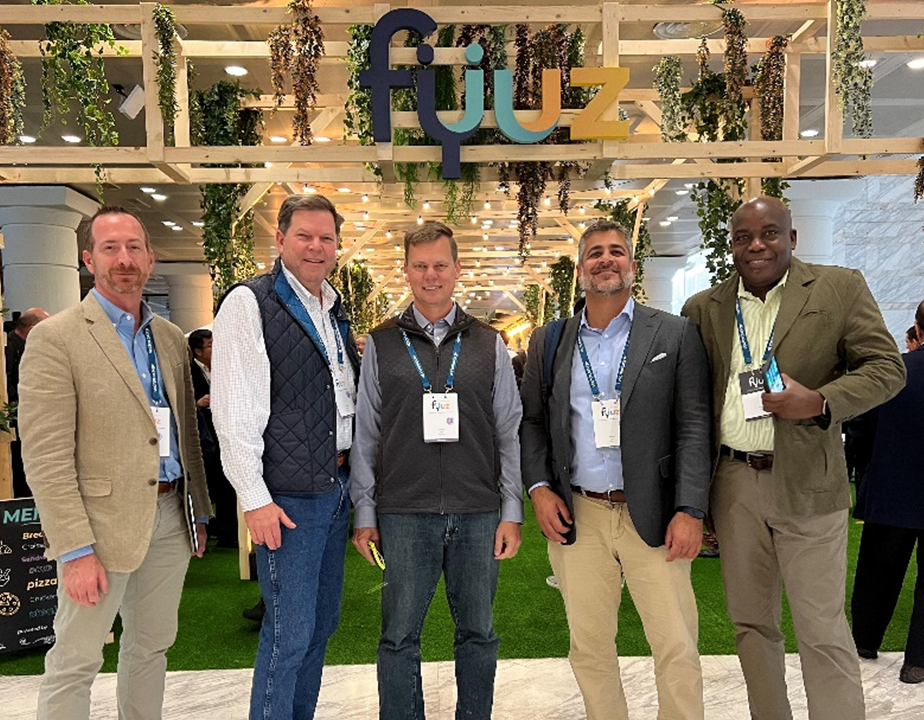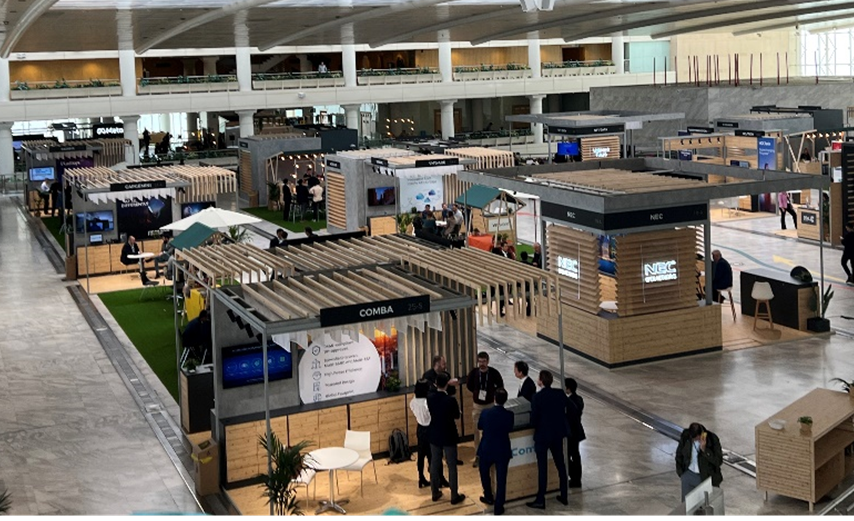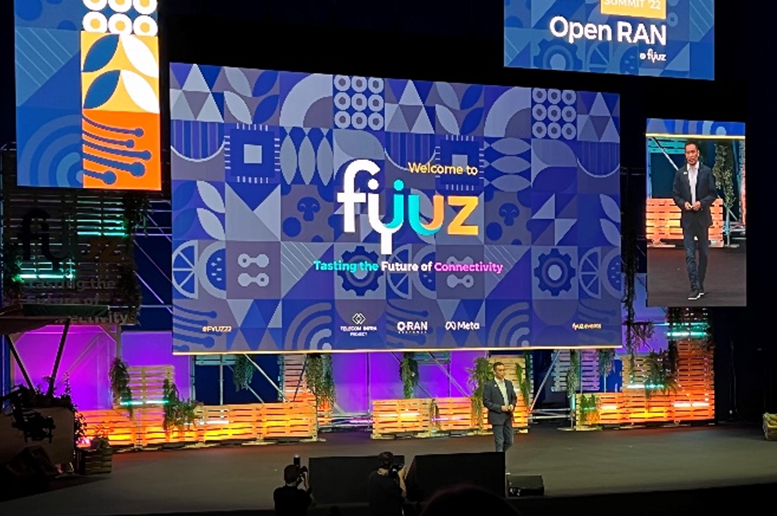
The Fyuz 2022 conference, held in Madrid in October, centered around Open RAN; Telecom Infrastructure Project (TIP); and the Metaverse. This event gathered the open network community to share progress, discuss challenges, and peer into a Metaverse-centric future.

Open network technology has come a long way
It’s clear from the event that open network technology has come a long way. Open RAN leads the initiative in terms of standardization, ecosystem size, and deployment. TIP Open RAN has awarded ribbons to various ecosystem partners. The exhibition floor featured 5G radio units; white-box cell site aggregation routers; and the Network Operating Systems (NOS) software that powers them.
Open network deployment is growing in developing economies
The main conference track provided updates on deployment of disaggregated, open solutions. Deployment is growing in developing economies, where installing a completely new greenfield architecture is easier due to the reduced need to interoperate with legacy infrastructure.

Specifically, Vodafone announced deployment of 3,000 sites in Peru to provide internet as part of an initiative called Internet for Everyone. We also learned that 1,620 Open RAN sites are now active in Indonesia and more importantly, an initiative called TIP University trained a large number of network engineers, providing opportunities for local talent as well as growing the local economy.
Operators are eager to adopt Open RAN but challenges remain
It is clear that operators are eager to adopt Open RAN solutions and initiatives. Some operators, like Vodafone, have aggressive goals, such as upgrading 30% of their RAN network to be Open RAN compliant by 2030.
Open RAN still has its challenges and operators, component vendors, system vendors and systems integrators must collaborate to make it a reality. TIP has so far driven early successes, as acknowledged by the market players. Work remains to be done on harmonizing testing requirements among operators, enabling faster time-to-market.
Open optical ecosystem is so far smaller than Open RAN
The open optical side of TIP is not as far along as Open RAN. Only a few products are earning ribbons, so the open optical ecosystem is smaller than Open RAN. In regards to deployment volume, cell tower count is vastly larger than core optical transport devices, and devices with larger volume gain a deployment head start.

The conference reported some progress on the optical front. TIP is currently evaluating 20 optical products against their MUST requirements, widely viewed as the most important requirements for disaggregated optical transponders. Deployment of disaggregated optical transport solutions has already begun in South Africa.
Fujitsu leadership in multivendor, interoperable Open Line Systems
Fujitsu is an active participant in the Open Line System (OLS) architecture. We made a substantial contribution with our multivendor-capable optical SDN platform, Virtuora®, which was the central component of the TIP CANDI Proof of Concept (PoC) demonstrated at OFC 2021. This PoC allowed multiple ROADM and transponder vendors to demonstrate optical services activation using protocols and APIs promoted by TIP. Fujitsu is also committed to ensuring that its optical platform, 1FINITY™, continues to incorporate TIP’s optical requirements and we are actively working to complete our TIP certification.
Systems integration is a work in progress
A major Fyuz theme was the need for a System Integrator (SI) to integrate the components into a deployable, scalable solution. Questions remain regarding the SI’s role and identity. Should systems integration be done by the network operator, the vendors, or performed by a third party? Some carriers have assumed the role of integrator, but as deployment increases across multiple carriers, does it make sense to have each carrier perform similar integrations in parallel?
There is no obvious answer to these questions. The main objective of open initiatives is to overcome “vendor lock-in.” As one participant observed, using a third-party integrator might lead to an “integrator closed system,” replacing a single-vendor closed network with a single-integrator closed system, largely negating the benefits of open architecture.
Another interesting aspect was discussion around testing and certification of an integrated solution. This may require collaboration between carriers and/or integrators to avoid duplication of effort. There is some progress in this area; Vodafone and NTT jointly announced that they will collaborate and coordinate their testing to streamline certification testing and eliminate duplication.
What is required to make the Metaverse a reality?
Some of the discussion was devoted to the network and infrastructure required to make the Metaverse a reality. Several panels discussed the need for major upgrades in raw capacity, lower latency and the need to keep traffic and computing resources close to the user. This applies to every network layer, starting with Wi-Fi equipment, extending through the access network and into the core of the network.

The Metaverse is a catalyst for open network progress
The Metaverse has immense potential for applications like virtual tourism, gaming, sports, live events, and shopping. We’re only scratching the surface in terms of possibilities.
We’re still a long way from a ubiquitous infrastructure capable of supporting the full range of Metaverse applications, but the Metaverse can be a catalyst and rallying point, providing a common goal for equipment vendors, content providers, and network operators.
Fujitsu in Open RAN
Fujitsu has been a strong supporter of Open RAN, and we are actively contributing to this growing ecosystem. Many of the themes promoted by TIP and socialized at Fyuz harmonize with Fujitsu’s Technology and Service vision, where sustainable connectivity solutions promote the growth of a borderless world and facilitate the sharing of information and ideas.
For more information, check out Fujitsu’s Open RAN solutions including radio units, open optical networks, and systems integration services.